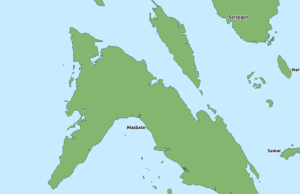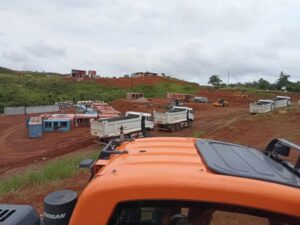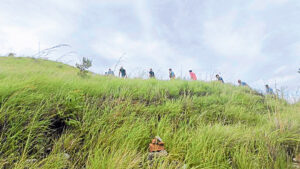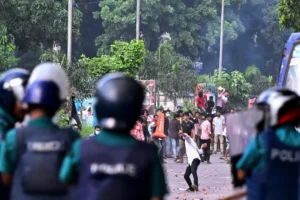Philex rushing to open destructive mining in Surigao del Norte

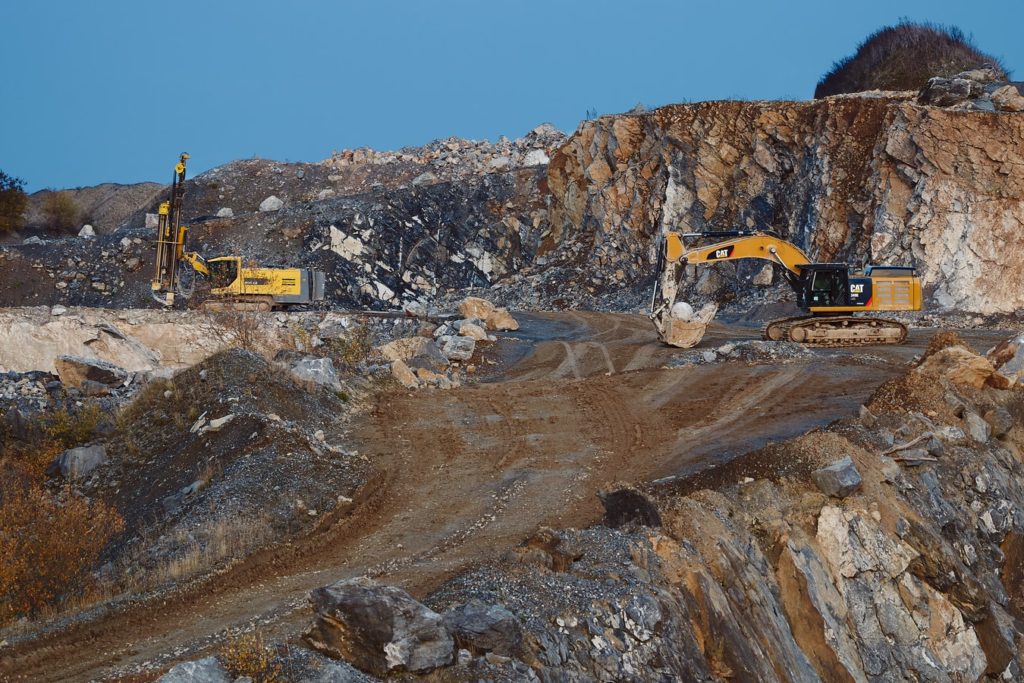
Manuel Pangilinan, head of Philex Mining Corporation, recently announced that the opening his company Silangan Mindanao Mining Co. Inc. (SMMCI) in its gigantic mine in Surigao del Norte in the first quarter of 2025 is going ahead. Philex is in a hurry to open the said mine as its largest mine (Padcal) in Tuba, Benguet is about to be exhausted this year. Philex is owned by First Pacific Corporation Inc of the Salim family of Indonesia.
Philex was headed by Walter Brown of A. Brown Co. Inc. before First Pacific Co Ltd bought it in 2009.
The announcement was made after nearly $2.2 billion in capital was raised for the mining operation. The $2 billion came from JP Morgan, a giant financial company from the US, and Japan’s Mizuho Financial Group Inc. The $170 million was borrowed from various banks, including $70 million from the Philippine National Bank and two other local banks.
The Silangan Gold and Copper Project was set to be opened on 2017, but was delayed by the Duterte regime’s hypocritical moratorium against open-pit mining. In 2019, Duterte scrapped the moratorium and gave the mine its go-signal. The mine was again targeted to open in 2022 but it fell short of capital due to “instability” in the province. Among the “obstacles” to the opening of the mine is the widespread resistance of residents, especially in communities which will suffer the harmful effects of mining. The province is also known for vigorous armed resistance by the New People’s Army, especially against harmful mining.
The Silangan Gold and Copper Project is among the “Big Three” or three largest and most destructive mining projects slated to open in the next few years. The other two are the Tampakan Gold Project in South Cotabato and King-king Gold Project in Compostela Valley (Davao de Oro).
How extensive is the Silangan Gold and Copper Project?
The Silangan Gold and Copper Project covers nearly 8,000 hectares of agricultural land, forests and mountains in Placer, Tagana-an, Tubod, and Sison, all in Surigao del Norte. It covers part of the Maniayao Highlands, above Lake Mainit, the Philippine’s deepest and fourth largest lake. The Maniayao Highlands play a big role in shielding the province from typhoons and floods it regularly suffers.
The reactionary government granted Philex Mining in 1999 a Minerals Production and Sharing Agreement (MPSA) covering three mining tenements with an original area of 2,800 hectares but was reduced to 2,323 hectares in 2016. In 2002, it was granted an exploration permit (EP) to more than 11,000 hectares, but was reduced to 5,000 hectares in 2016. Its exploration partner is Anglo-American Exploration, a mining company based in the United Kingdom. They “discovered” the Boyongan and Bayugo deposits, both in Barangay Timamana in Tubod, in 2000. In addition, Philex is also a partner of Manila Mining Corp (subsidiary of Lepanto Mining Corp) in mining the adjacent Kalayaan deposits.
Philex’s MPSA has access to gold and copper deposits in Boyongan and Bayugo until 2049. Boyongan is said to be home to one of the largest copper reserves in the world. It also reportedly has a reserve of 9.6 million ounces of gold. According to the company, it will mine 571 million tons of ore, of each ton can yield 0.63% of copper, and 1.2 grams of gold. Once opened, it will be Philex’s largest mine. The mine’s sales is estimated to reach $7 billion in the next 28 years.
In 2015, Philex submitted an application for open-pit mining because other mining methods, such as block-caving, are allegedly not suitable for the area. But in 2019, it tried to circumvent the ban on open-pit mining by saying it would use the sub-cave mining method (digging relatively shallow holes in the mountain). In its “independent environmental impact assessment” submitted in 2019, Philex concluded that the harmful effects of mining using this method will be “slightly reduced” compared to open-pit mining and block-cave mining (building deep underground tunnels).
The company does not yet have an ECC (environment compliance certificate) for this method.
Destruction of the environment, livelihood and lives of the people
The extensive and long-term impact of mining on the area is undeniable. Philex Mining’s own report in 2019 noted the following:
1) The project will cover 532 hectares of agricultural land of coconut and rice fields. This land is productive and a source of livelihood for at least 10 barangays. The land covered by the project is categorized as a “critical area” due to the nature of its slopes and the presence of water resources.
The project area having at least five trenches and fault lines is called a “geologically active area”. Thus, it is vulnerable to earthquakes and landslides. Compostela Valley (Davao de Oro) towns were similarly categorized, which were still mined by Apex Mining Corp. Inc’s and has resulted in a massive landslide in February.
Some parts covered by the project are still forested, especially around barangays Marga and Motorpool in Tubod, despite being extremely “disturbed” due to decades of logging and the planting of commercial falcattas.
2) The possible leakage of the soon-to-be built tailings storage facility (TSF) threatens the water resources in the area. The facility is vulnerable to landslides and earthquakes. (It may be recalled that the worst TSF leak in the Philippines occurred at a Philex mine in Padcal in 2012.)
3) Mining will flatten the targeted land, as well as the areas where buildings and facilities will be built, and strip it with its vegetation. It will displace the remaining wildlife in the area, and will reduce their numbers. In fact, the DENR has already awarded the company at least three permits to cut thousands of trees, which has already significantly reduced the area’s cover against typhoons and other disasters. It will also drastically change the nature and landscape of the mountains.
4) The drilling of tunnels threatens the area’s underground water sources that may be polluted or poisoned, reduced, or completely dried up. There is also the threat of polluted and poisonous water coming from the TSF that may contaminate rivers that deliver water to Lake Mainit. This will disrupt the life cycle of fish caught in the rivers and lakes, which are the source of livelihood for many Surigaonons.
5) In addition to water pollution, the mine will cause severe air pollution, such as very thick dust clouds.
6) It will cause, or has already caused, mass dislocation of farmers and Lumads. The communities here are among the poorest nationwide. In the experience of other parts of Caraga that have been grabbed by a large-scale mining, the residents of the area sink deeper into poverty.
As of 2020, there are 58,949 residents in Placer, Tubod and Sison alone. Philex can only employ 2,500 in the mine here, and up to 8,000 for temporary, contractual and support jobs. Currently, the company employs only over 200.
History of resistance
On August 31, 2013, Red fighters of the NPA-Surigao del Norte burned the survey equipment, generator and other mining equipment of SMMCI in Barangay Febra, Mainit. All items were estimated to cost ₱1.14 million. The NPA also seized two shotguns belonging to company guards.
On Women’s Day that year, peasant women protested in front of the SMMCI office in Timamana, Tubod to oppose the opening of the mine (which was then targeted for 2013), as it would ravage their rice fields and water sources. Farmers are aware that, like the adjacent Kalayaan mine, SMMCI mining will result in river siltation or sedimentation, and water and food scarcity.
In 2018, the Catholic church in Caraga condemned and held Philex and SMMCI accountable after the border towns of Agusan and Surigao del Norte were flooded due to the blockage of rivers caused by the dumping of mine waste in the area.

